The Naturopathic Chef: “Fall Slaw” – Apple/Fennel Coleslaw
Here is the new Fall Slaw with apple and fennel that I’m serving at the winery. 🍂🍁 Guests order extra to-go, every day!
Lost your password? Please enter your email address. You will receive a link to create a new password.
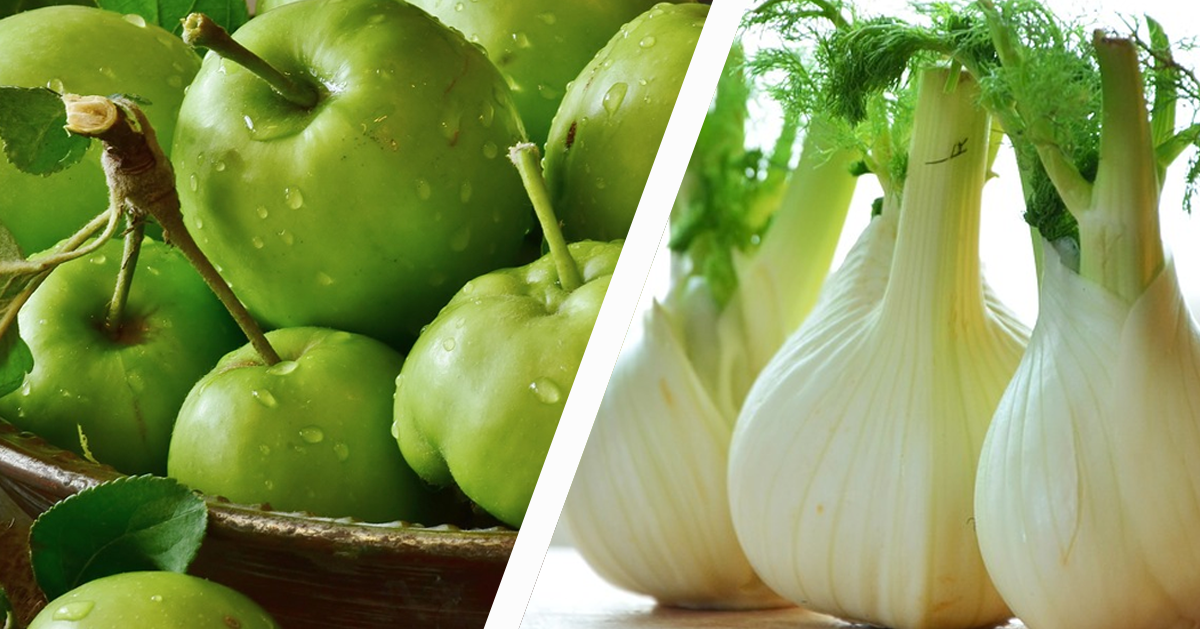
Here is the new Fall Slaw with apple and fennel that I’m serving at the winery. 🍂🍁 Guests order extra to-go, every day!
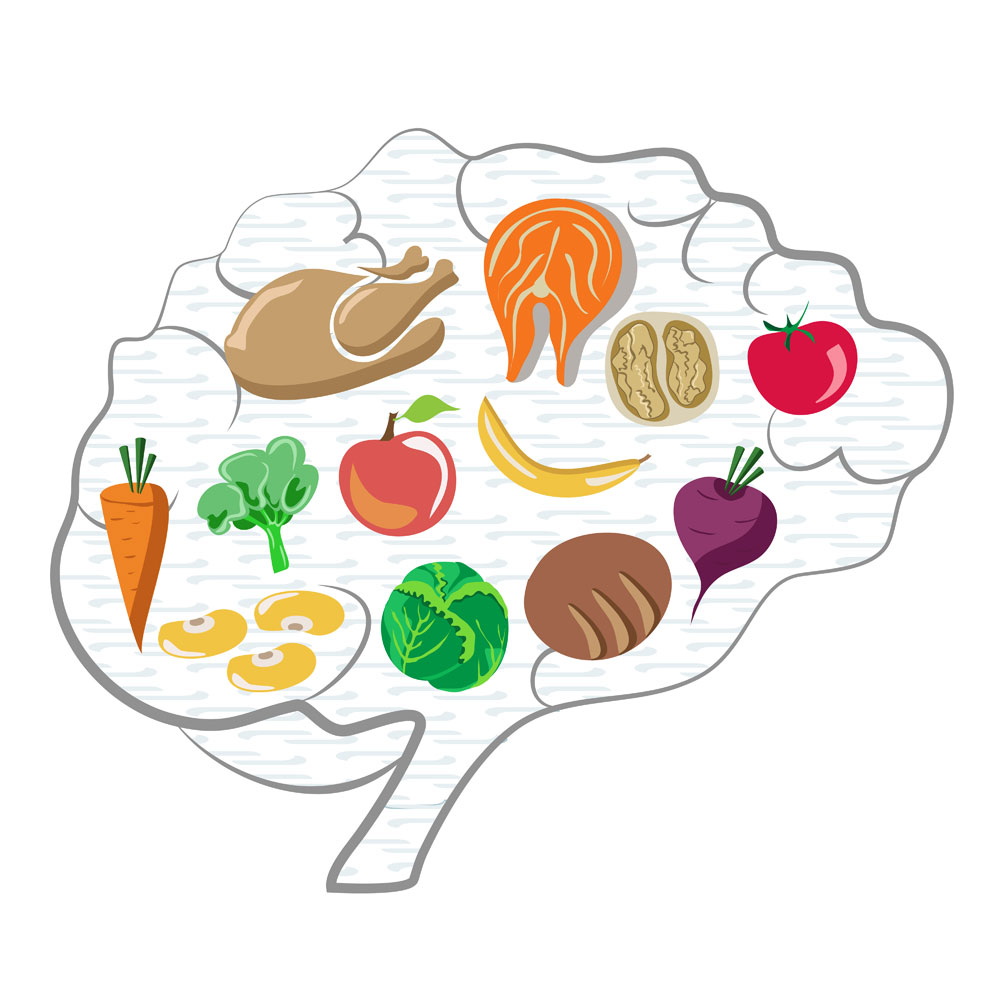
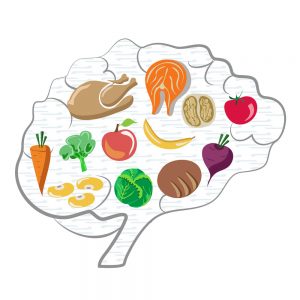 When it comes to aging better, better nutrition is your better weapon because it gives the body the resources it needs while reducing intake of items that irritates and overwhelms. Better nutrition comes from making better not perfect choices more often. So what are those and how can you enjoy them – after all, with age we’ve earned enjoyment, right?!
When it comes to aging better, better nutrition is your better weapon because it gives the body the resources it needs while reducing intake of items that irritates and overwhelms. Better nutrition comes from making better not perfect choices more often. So what are those and how can you enjoy them – after all, with age we’ve earned enjoyment, right?!
Did you know that adults (~60-85) with dementia who had more frequent intake of persistent pesticides had worsening cognitive function?[1] It makes sense – both for those with dementia and those seeking to avoid it – as these pesticides irritate, overwhelm and disrupt the body from efficient and effective work, daily. Overtime, eating foods or applying products that contain these pesticides or pesticide residues impact the body’s ability to function better. Thus, there is real value in assessing your diet, supplements, and skincare to see how you do on one of the core 4 principles of better nutrition: quality.
Years ago, I became a Qualitarian and according to research, aging adults should too! Being a Qualitarian means that you focus as much on the quality of what goes in and on your body most often as you do on the other nutrient factors as well as on the source. Here are a few key tips to help you improve the quality of your intake more often.
But there is better nutrition and it comes from making better not perfect choices more often. That means that you do not need every choice to be organic, but your top foods, supplements, and skincare should ideally be organic more often.
Today there are a lot of ways to get in nutrients but not all of them deliver better nutrition. For example:
Let’s be real, we often need nutrition fast, but this doesn’t mean compromising on the nutrition quality. By assembling ingredients – like spreading almond butter on a pear, or popped corn onto which you add olive oil, a pinch of sea salt and toss in a serving of hemp seeds – rather than purchasing a ready to eat item like a fruit and nut bar or flavored pre-popped or microwave popcorn – you get better nutrient balance, can monitor quantity better, and can make your choices full of better quality nutrients from whole foods.
 4. Get Enough Coq10
4. Get Enough Coq10Read about this nutrient that is critical to healthy aging, including brain health and memory.
Want help making better not perfect choices more often to support healthy aging? Join The Better Nutrition Membership and get real support (from me) and unlimited access to exclusive members only content including tools to help you assess your current nutrition, keep what’s already working, and better tools to help you act better not perfect more often.
Originally printed on ashleykoffapproved.com. Reprinted with permission.
Ashley Koff RD is your better health enabler. For decades, Koff has helped thousands get and keep better health by learning to make their better not perfect nutrition choices more often. A go-to nutrition expert for the country’s leading doctors, media, companies and non-profit organizations, Koff regularly shares her Better Nutrition message with millions on national and local television, magazines and newspapers. Visit her website at ashleykoffapproved.com.
[1] http://www.sciencedirect.com/science/article/pii/S0160412014003250

Meals and snacking patterns have changed over the past 40 years. You have undoubtedly noticed that many of us are eating fewer calories from meals and more calories from snacks. As a result, I get questions from both athletes and non-athletes alike about how to best fuel their bodies…
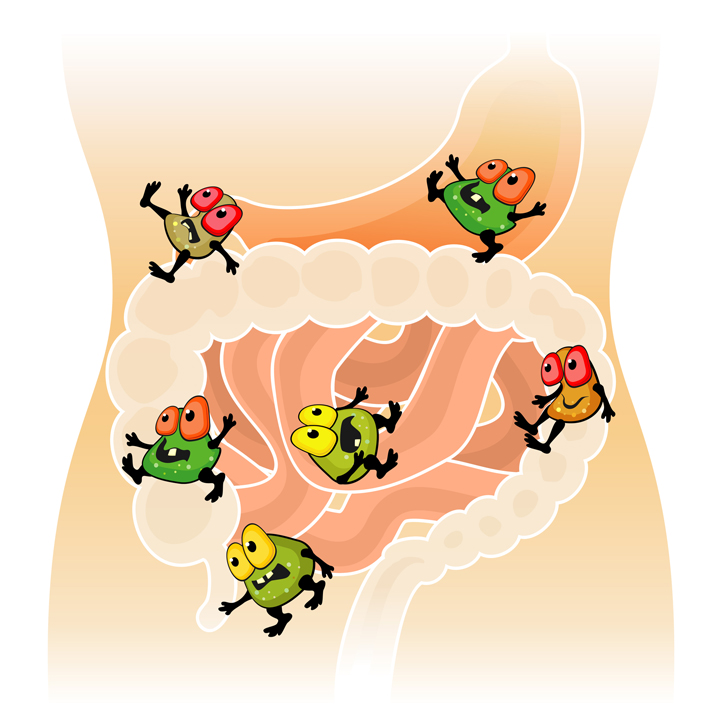
One of our favourite games as kids is now one of the most powerful determinants of sickness or health – the cops and robbers in our intestinal tract – better known as “good bacteria” or “bad bacteria”. Over the last ten years, the function of our “gut microbiome”, is finally gaining the research and respect that it so deserves.
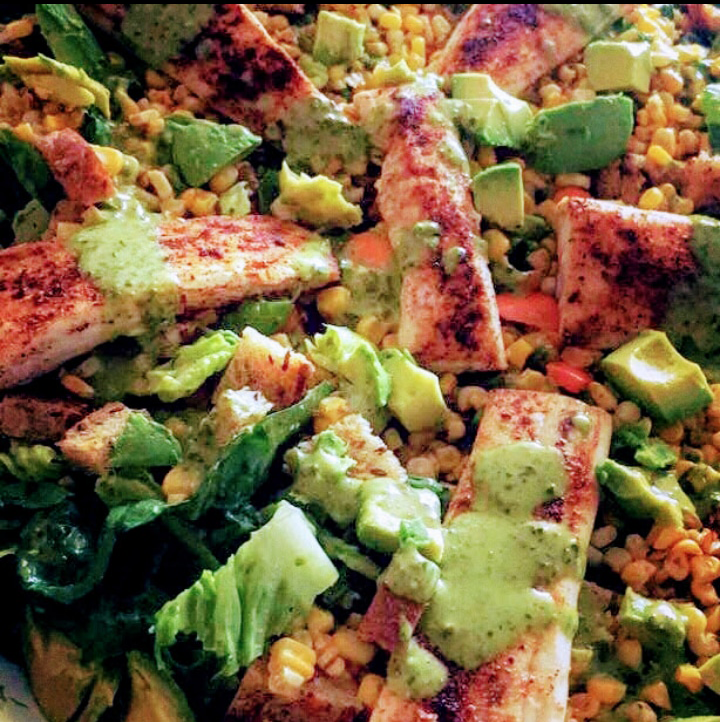
The fresh, herbacious flavor of the original Green Goddess dressing inspired a Southwest version I used for my cafe menu. Today, it remains a client favorite. Perfect for a veggie platter and grilled seafood. The dressing is pictured here on a Southwest Caesar with grilled Mahi.
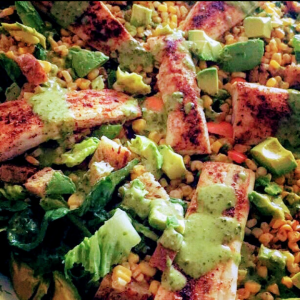 Summertime is the season for fresh herbs. If you don’t like cilantro, flat-leaf parsley works well.
Summertime is the season for fresh herbs. If you don’t like cilantro, flat-leaf parsley works well.
Place all ingredients up to cilantro into a blender. Process until smooth. Add cilantro in thirds to keep the bright color. Over-processing heats the dressing and can cause the herbs to lose their vibrancy.
You may read negative commentary about Grapeseed oil. It is high in polyunsaturated fats making it susceptible to over oxidization. In other words: don’t deep fry with Grapeseed oil. However, cold-pressed GSO is beneficial due to a very little known polyunsaturated fact. When the PUFAs are ingested, our immune function goes to sleep for a short period (I know this sounds bad but…) this allows a very special heart mending action to take place. Once the “work” is done, our immune function wakes up and everything resumes. GSO also assists in the removal of plaque built up in the arteries. It’s higher in vitamin E, than Olive Oil, and binds the water we drink to our tissue keeping us thoroughly hydrated.
All veggie oils are processed and should be kept to a minimum. A little goes a long way!
The remainder of the ingredients are definitely Delicious Medicine, with Cilantro heading up the foods with phyte. Apigenin will someday be the cure for Ovarian Cancer, says Harvard School of Medicine. This phytonutrient is also a major player in the reduction of inflammation and anti-aging science.
Get more great recipes from Tina Martini — her book, Delicious Medicine: The Healing Power of Food is available to purchase on Amazon. More than a cookbook, combining 20+ years of experience, along with her love of coaching, cooking and teaching, Tina offers unexpected insights into the history and healing power of clean eating, along with recipes to help reduce your risk of disease and improve overall wellness so you can enjoy life!
Affectionately referred to as The Walking Encyclopedia of Human Wellness, Fitness Coach, Strength Competitor and Powerlifting pioneer, Tina “The Medicine Chef” Martini is an internationally recognized Naturopathic Chef and star of the cooking show, Tina’s Ageless Kitchen. Tina’s cooking and lifestyle show has reached millions of food and fitness lovers all over the globe. Over the last 30 years, Tina has assisted celebrities, gold-medal athletes and over-scheduled executives naturally achieve radiant health using The Pyramid of Power: balancing Healthy Nutrition and the healing power of food, with Active Fitness and Body Alignment techniques. Working with those who have late-stage cancer, advanced diabetes, cardiovascular and other illnesses, Tina’s clients are astounded at the ease and speed with which they are able to restore their radiant health. Tina believes that maintaining balance in our diet, physical activity, and in our work and spiritual life is the key to our good health, happiness and overall well being. Visit her website, themedicinechef.com
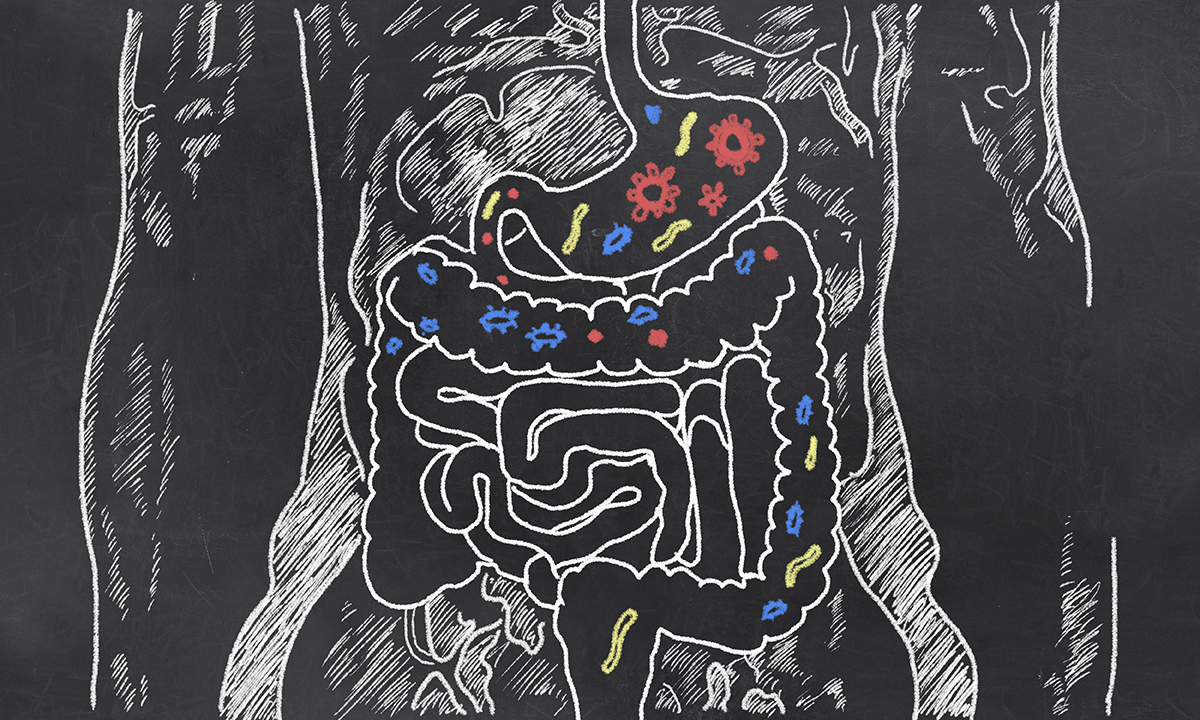
While some athletes have cast iron stomachs and few concerns about what and when they eat before they exercise, others live in fear of pre-exercise fuel contributing to undesired pit stops during their workouts. Be it stomach rumbling, a need to urinate or defecate, reflux, nausea, heartburn, or side stitch, how to prevent intestinal distress is a topic of interest to athletes with finnicky guts. Here are tips to help you fuel well before/during exercise while reducing the risk of gastro-intestinal (GI) distress. For more in-depth information, you might want to read The Athlete’s Gut by Patrick Wilson or listen to this podcast.
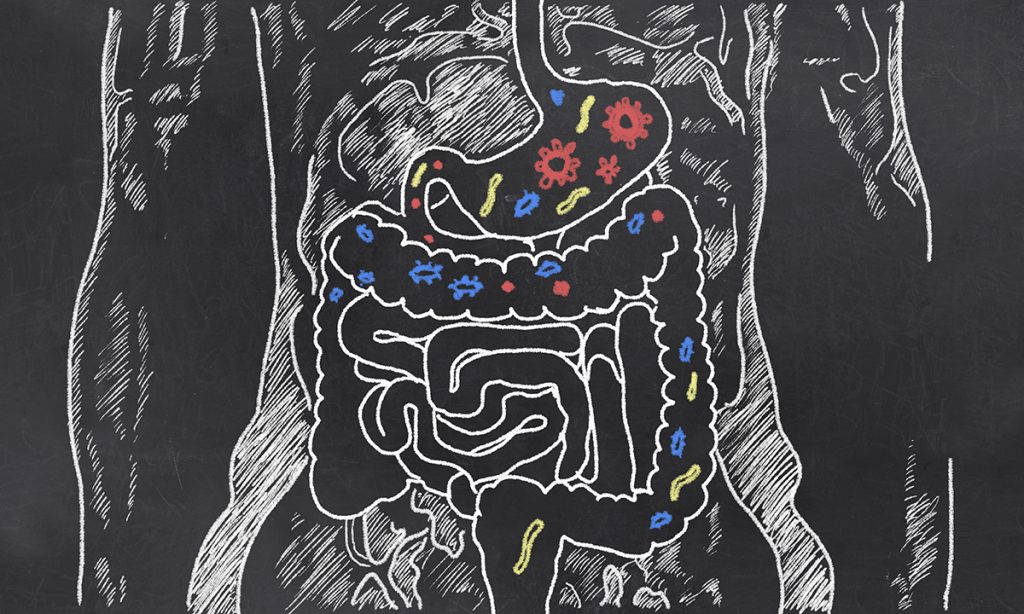 Stay calm. Being anxious about intestinal issues can exacerbate the problem. Think positive. Trust that your gut is adaptable and trainable. Record what, when, and how much you eat, as well as the duration and intensity of your exercise. Use that data to help you figure out what foods and fluids settle best. Building body trust can reduce anxiety—and that can reduce GI issues. That said, precompetition nerves can affect any athlete, regardless of GI hardiness!
Stay calm. Being anxious about intestinal issues can exacerbate the problem. Think positive. Trust that your gut is adaptable and trainable. Record what, when, and how much you eat, as well as the duration and intensity of your exercise. Use that data to help you figure out what foods and fluids settle best. Building body trust can reduce anxiety—and that can reduce GI issues. That said, precompetition nerves can affect any athlete, regardless of GI hardiness!Sports nutritionist Nancy Clark, MS, RD counsels both casual and competitive athletes in the Boston area (Newton; 617-795-1875). Her best-selling Nancy Clark’s Sports Nutrition Guidebook (6th edition, 2019) can help you eat to win. For more information, visit NancyClarkRD.com.
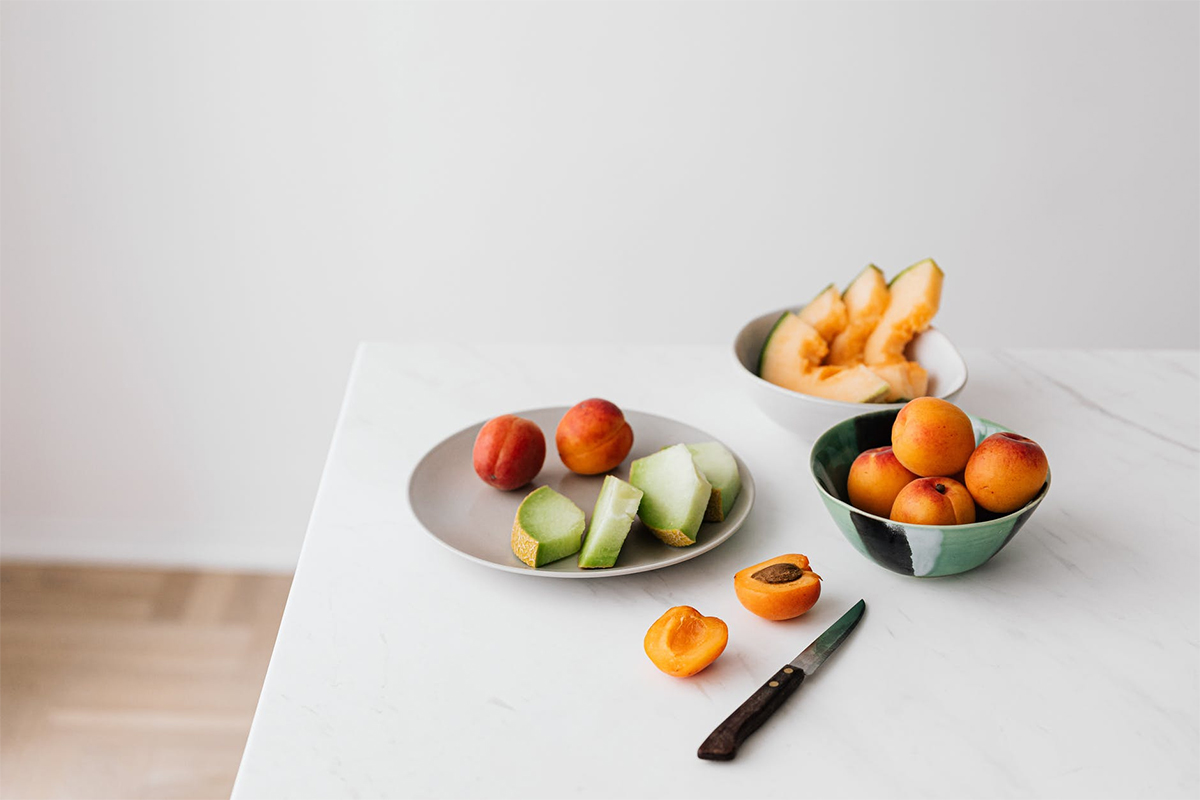
During a recent interview on a talk radio show, a caller told me she had gained seven pounds since living in lockdown; her friends also had gained weight, she said. A few days later, a colleague who has been conducting what she calls “telephone clinics” with her obese patients wrote: “All were telling me how lockdown is causing further weight gain and how they feel unable to do anything about it.” She continued: “I think that the lockdown affects disproportionately people who were already struggling with obesity and unhealthy eating habits.”
As most of you know, it is not just select “obese patients” who are struggling with overeating and ensuing weight gain. This is because overweight and obese people are not a small subset of the population. Rather, almost 70% of Americans are overweight or obese; indeed, by 2030 the percentage is expected to be closer to 100%. This means that the lockdown may be speeding up our obesity stats, but it is not the cause of our overweight pandemic: The fat-track train left the station decades ago.
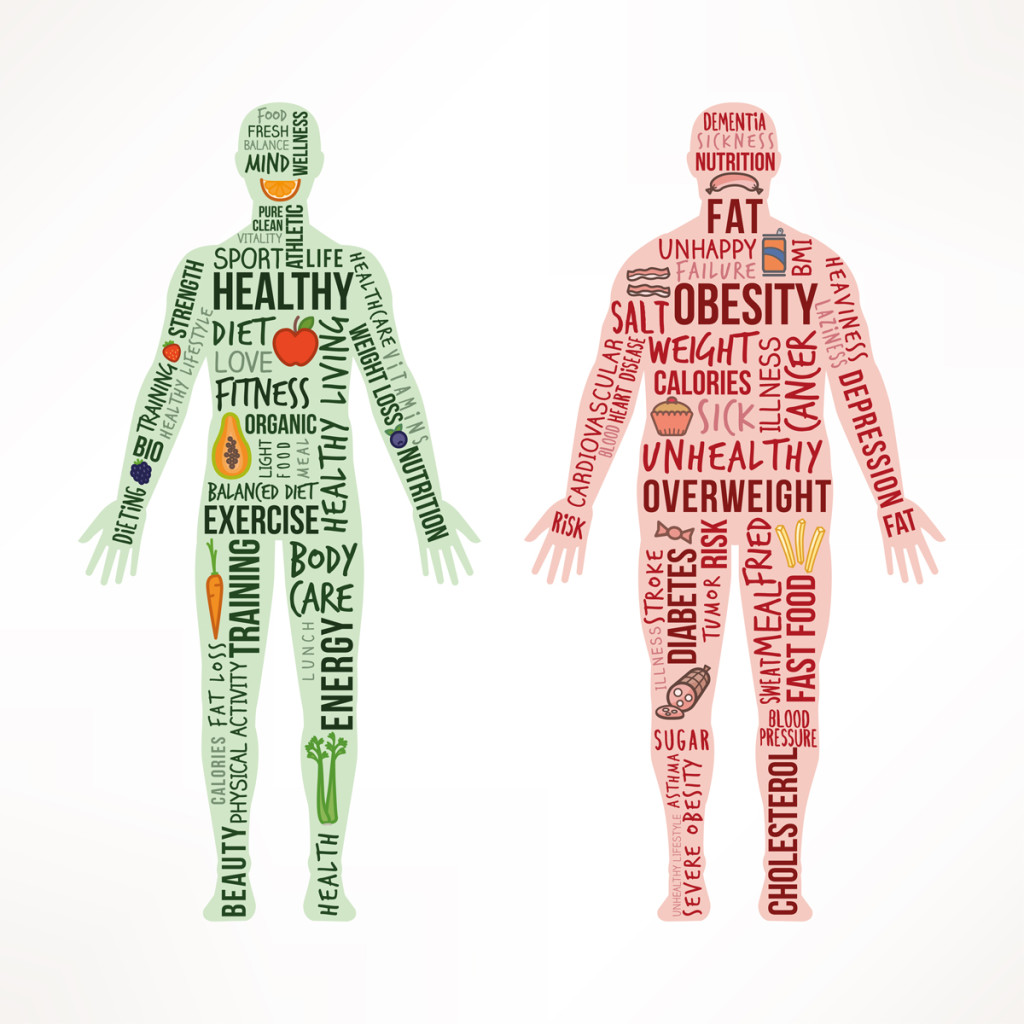
Today, with the threat of coronavirus infection, there is yet another reason to be concerned about being overweight: As Americans reel from the shocking and devastating health, mental, emotional, economic, and social impact the coronavirus pandemic has wrought, the virus continues to disproportionately harm those who are already struggling with obesity and other diet-related conditions — from heart disease and diabetes to high blood pressure and a weakened immune system. This is an alarming situation given that (1) almost 45% of adults in the United States are obese — we rank #1 in obesity among international OECD (Organisation for Economic Co-operation and Development) nations, (2) and one in two Americans — over 133 million people — suffer from chronic health conditions, many of which are linked to poor food choices.
In my opinion, the coronavirus pandemic is a wake-up call; a stunning event that is sounding the alarm we need to take action NOW to remedy the struggle that millions of overweight and obese people live with day-to-day. Clearly, we are being alerted to change — really, really change — what we eat and how we eat. Each day and every day. Starting now. For the rest of our lives. My vision is that we accomplish this by halting and turning around the obesity pandemic without dieting; rather, by losing weight and keeping it off with what I call a dietary lifestyle, meaning, a way of eating that leads naturally to weight loss, health, and healing…for life.
What if…
…it were possible to overcome overeating and to lose weight and keep it off without traditional dieting? (Note: Almost 50% of Americans are “on a diet” at any one time; and typical dieters will try between 55-130 diets in their lifetime!)
…you could nourish yourself physically each time you eat? But also emotionally, spiritually, and socially?
…your relationship to food, eating, and weight was based on a way of eating that leads to a pleasurable relationship to food and eating—with weight loss as a natural “side effect?”
What I am describing is the Whole Person Integrative Eating (WPIE)® dietary lifestyle, an evidence-based, scientifically sound model and program that treats the root causes of overeating, overweight, and obesity. It is also a way of eating that may prepare your immune system to fight viruses, bacteria, and other pathogens.1-3 And the WPIE dietary lifestyle can also help you prevent and reverse a plethora of other diet-related chronic conditions.
After 25 years of research by behavioral scientist Larry Scherwitz, PhD (transparent disclosure: Larry’s my
husband) and me, the well-documented message in Whole Person Integrative Eating is that it is possible to overcome overeating, overweight, and obesity by replacing the newly identified, new-normal overeating styles Larry and I have discovered with their antidotes: the ancient/new, science-backed elements of our Whole Person Integrative Eating® model and program.4-6 FYI…WPIE is a “whole person” program that address both what you eat (your food choices) and how you eat (your eating behaviors); and in turn, how your food choices and eating behaviors nourish you physically, but also emotionally, spiritually, and socially. As a first step, this article offers the WPIE what-to-eat guidelines for weight loss.
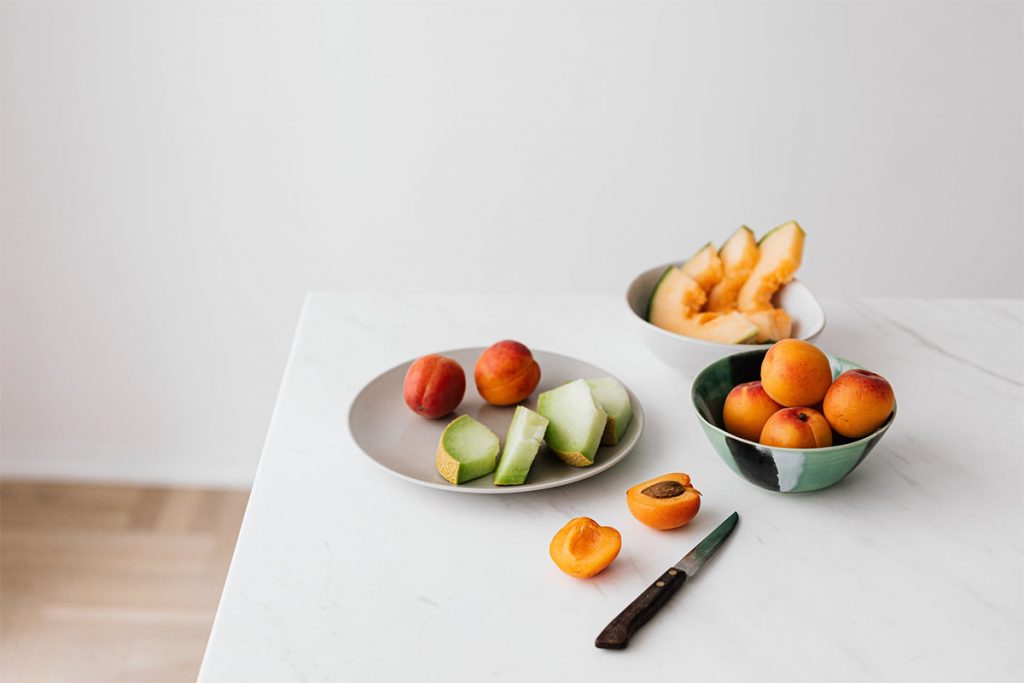 What-to-Eat Rx: Fresh, Whole, Inverse
What-to-Eat Rx: Fresh, Whole, InverseWhat Larry and I, and hundreds, perhaps thousands of other researchers have discovered, is that there’s a simple way to eat that provides the antidote to the Fast Foodism overeating style our WPIE research identified that leads to overeating and obesity. It is a time- and science-tested what-to-eat guideline that has nourished humankind for millennia—and it is how people who are naturally thin and healthier eat today: Eat fresh, whole food in its natural state as often as possible.7 Please keep in mind the phrase “as often as possible.” This means making fresh, whole foods your most-of-the-time way of eating; it is not a rigid, regimented way of eating you start, then stop.
To get you, and your waistline and immune system, started on the road to health and healing, here are the three words that describe the WPIE what-to-eat guidelines that lower odds of illness: Fresh. Whole. Inverse.7 This is what I mean.
Fresh. Whole. The optimal way to eat for weight loss, health, and healing is to consume mostly unrefined, unprocessed, real food that has all its constituents (such as the fiber and germ in grains) intact. This means choosing lots of fresh fruits, vegetables, whole grains, legumes (beans and peas), and nuts and seeds, with lesser—or no—amounts of free-range, grass-fed, and/or wild dairy, poultry, meat, and fish that is free of antibiotics, hormones, pesticides, herbicides, GMOs, and additives and chemicals (you often can’t pronounce).
Inverse eating. Along with “fresh” and “whole,” the third WPIE “ingredient” for optimal eating is to eat inversely. What do I mean by “inverse eating?” Whether you’re looking at the traditional diets of Mediterranean, Asian, South American, African, Indian, or Native American cultures, they all have one way of eating in common: meals are mostly plant-based foods (fruits, veggies, grains, beans and peas, and nuts and seeds), with lesser amounts of animal-based foods (dairy, fish, poultry, and meat). In other words, the diets of most cultures worldwide are—and have been for thousands of years—mostly plant-based foods as the centerpiece of the meal, and animal-based foods as a condiment or side dish.
Clearly, this is the inverse of the almost 40 percent—approximately 84.8 million Americans—who eat fast food every day and the 91 percent—at least 290 million Americans—who completely miss the mark of meeting the U.S. dietary guidelines of a half to two cups of vegetables per day. Same with fruit: only 12 percent of Americans consume one-and-a-half to two servings per day. In other words, most Americans eat the standard American diet (SAD) of mostly processed animal-based foods with few, or no plant-based foods.
With SAD as a starting point, I use the term inverse eating to describe the antithesis, or inverse, of the standard American diet: the opposite way of eating that evolved naturally over thousands of years and includes mostly fresh, whole, plant-based foods supplemented with small, occasional servings of fresh, whole, chemical-free animal-based foods.
I know. Change isn’t easy. Especially when it comes to food and eating. I understand; truly. Since the social-isolation policy that has gone into effect for most of us, I’ve talked with people who are turning to high-carb, high-sugar, high-fat “comfort foods” to cope. And they are gaining weight. And weakening their immune system. And making themselves vulnerable to a plethora of diet-related conditions.
The antidote? Commit to, and adopt a dietary lifestyle that empowers you to eat to prevent, even reverse, a multitude of food-related ailments and increase odds of boosting immunity, which in turn may decrease your risk of becoming ill from the coronavirus. And it lowers odds of being overweight and obese. Or developing diabetes. And heart disease. And some cancers. And depression and anxiety. And other mind-body, diet-related chronic conditions.
In other words, we know that the WPIE fresh, whole, inverse way of eating ups the odds of helping you lose weight and keep it off, lessens the risk of Covid-19 symptoms, and can prevent and reverse food-related chronic conditions; that the Whole Person Integrative Eating® dietary lifestyle holds the key to transforming your relationship with food and eating so you can reclaim your health…for life. If not now, when?
Article originally printed on integrativeeating.com. Reprinted with permission from Deborah Kesten.
Deborah Kesten, M.P.H., is an award-winning author, specializing in preventing and reversing obesity and heart disease. Her expertise includes the influence of epigenetics and diet on health, Lifestyle Medicine, and research on the Whole Person Integrative Eating dietary lifestyle to treat overeating, overweight, and obesity. She and her husband, behavioral scientist Larry Scherwitz, Ph.D., collaborate on research and writing projects. Her latest book, “Whole Person Integrative Eating” was named the “Winner” in the Health category by the 2020 Book Excellence Awards.
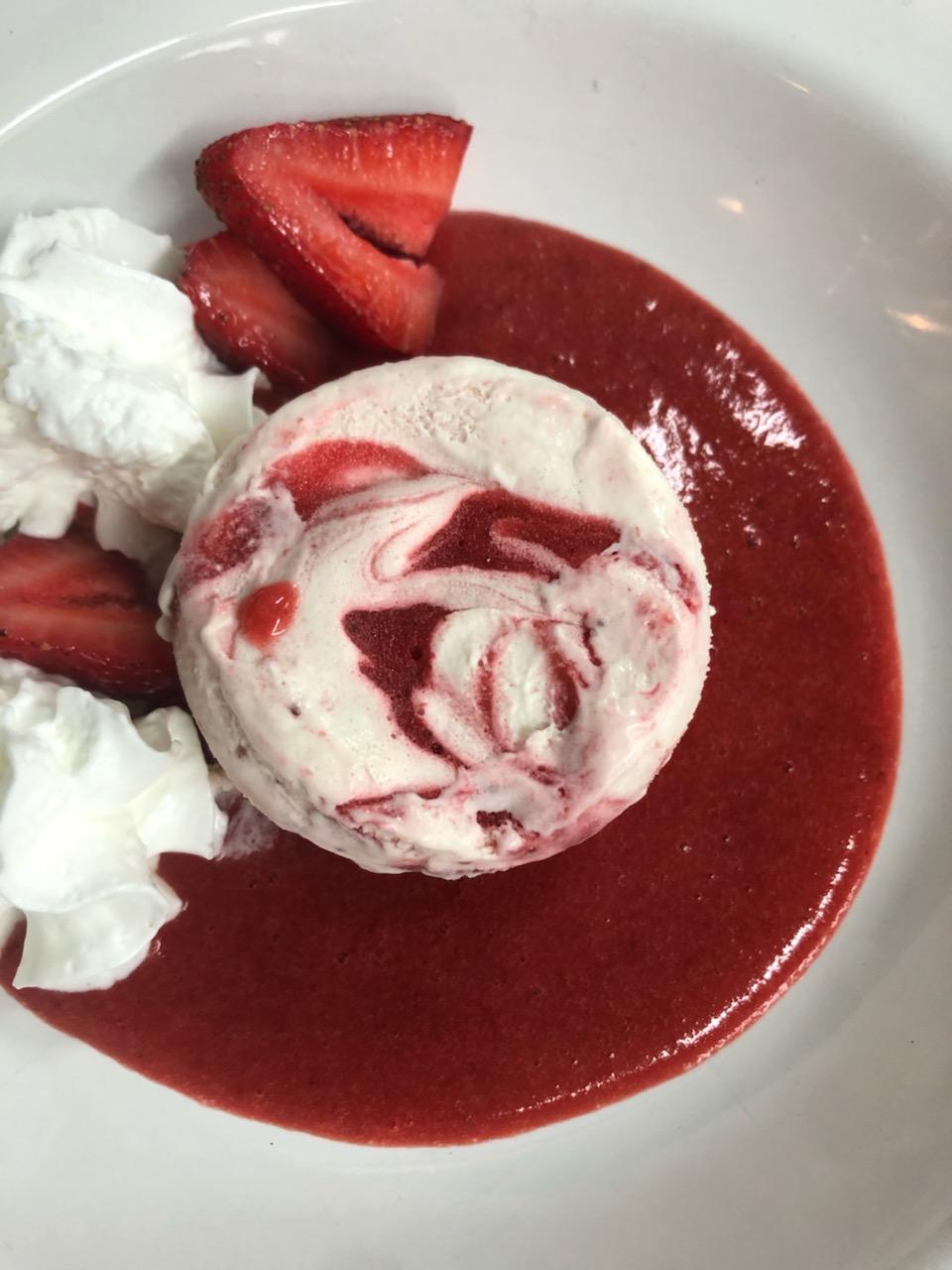
It’s hard to believe anything could be better than ice cream. Well, we may have a winner with this perfect Summer dessert.
Take a trip to Italy, when you serve this classic semi-frozen, as the name tells us, creamy dream. The original recipe takes some experience and patience. I’ve found a way to cut a few of the more temperamental steps out. This semifreddo is filled with Summer Strawberries, and all the wonderful ingredients every summer dessert should have. L’estate e qui! Summer’s here!
First, line a loaf pan, bowl, or pretty mold with plastic wrap. Set aside.
*Prepare your whipped cream for the semifreddo first and chill.
Strawberry Sauce
Put all ingredients in a saucepan and cook 12-15, minutes or until Strawberries are soft and juice is thick. Set aside to cool. Once cool, pour into blender and blend until smooth.
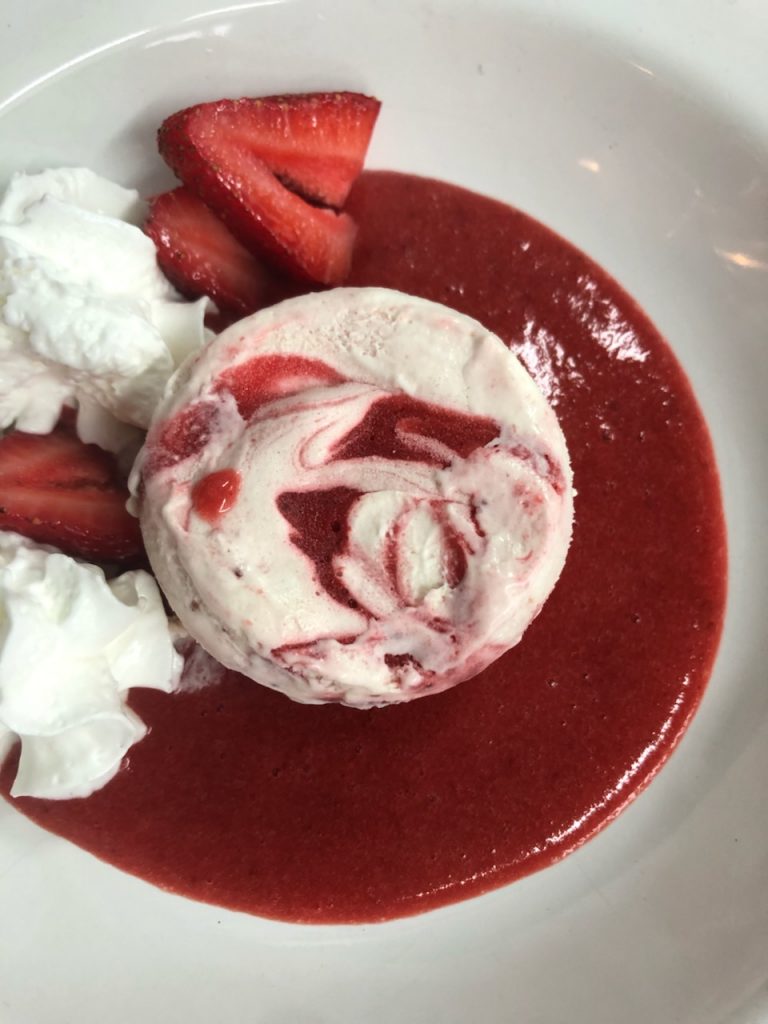
Semifreddo
Fold whipped cream into softened ice cream and scrape into your prepared pan. Carefully pour the Strawberry Sauce into the cream/ice cream mixture in a pattern or in dots. Run a knife through the sauce and cream to create a beautiful design on and in the semifreddo. Cover carefully with plastic wrap and freeze at least 4 hours.
When you’re ready to serve, temper either in the refrigerator or at room temperature 10-20 minutes. Remove from pan or mold and slice. Use remaining sauce under your slice of semifreddo, for that 5-star effect. Decorate with fresh strawberries and whipped cream.
Tasty Tip: Add leftover Strawberry Sauce to club soda for a healthier spin on canned beverages.
Strawberries are a great way to preserve your eyesight. High in Vitamin C, they keep the fluid in the eye healthy and decrease our risk of cataracts.
Strawberries offer protection from UV radiation, as well.
Most of us believe that whipped cream couldn’t possibly belong in the “good-for-us” category, but here’s some good news: cream is high in Alpha Lipoic Acid, a powerful antioxidant that increases the bodies ability to control blood sugar, mood, skin aging, and also improve nerve function, thus decreasing the possibility of Parkinson’s, ALS, and other motor-neuron diseases. If you choose Coconut cream, you’re improving brain health, decreasing your chances of Alzheimer’s, and slowing the aging clock, too.
Get more great recipes from Tina Martini — her book, Delicious Medicine: The Healing Power of Food is available to purchase on Amazon. More than a cookbook, combining 20+ years of experience, along with her love of coaching, cooking and teaching, Tina offers unexpected insights into the history and healing power of clean eating, along with recipes to help reduce your risk of disease and improve overall wellness so you can enjoy life!
Affectionately referred to as The Walking Encyclopedia of Human Wellness, Fitness Coach, Strength Competitor and Powerlifting pioneer, Tina “The Medicine Chef” Martini is an internationally recognized Naturopathic Chef and star of the cooking show, Tina’s Ageless Kitchen. Tina’s cooking and lifestyle show has reached millions of food and fitness lovers all over the globe. Over the last 30 years, Tina has assisted celebrities, gold-medal athletes and over-scheduled executives naturally achieve radiant health using The Pyramid of Power: balancing Healthy Nutrition and the healing power of food, with Active Fitness and Body Alignment techniques. Working with those who have late-stage cancer, advanced diabetes, cardiovascular and other illnesses, Tina’s clients are astounded at the ease and speed with which they are able to restore their radiant health. Tina believes that maintaining balance in our diet, physical activity, and in our work and spiritual life is the key to our good health, happiness and overall well being. Visit her website, themedicinechef.com
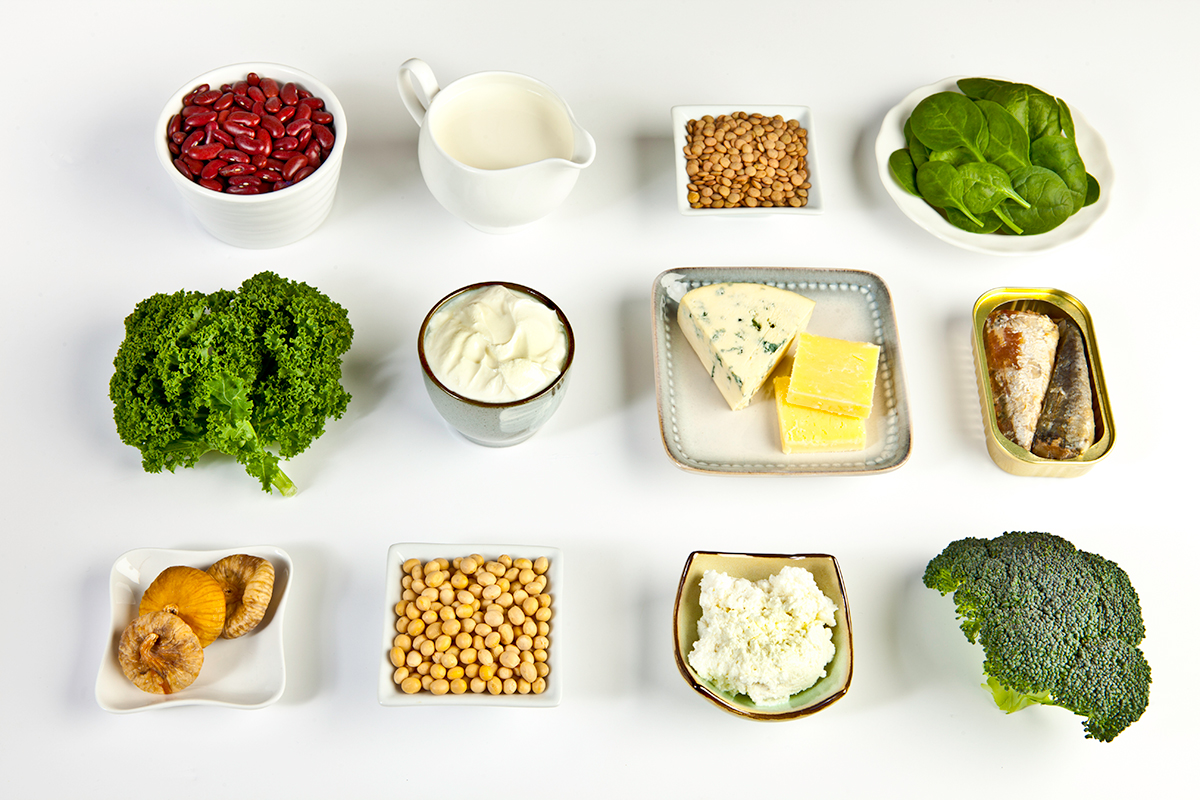
Osteoporosis Prevention Diet? EEK! One more thing to worry about? Sounds like more bad news but it’s not. True, our bodies can lose up to 40% of their bone mass in the 10 years following menopause. And true, if we don’t do something we could easily end up with osteoporosis. But also true, the fix for this is both easy and delicious.